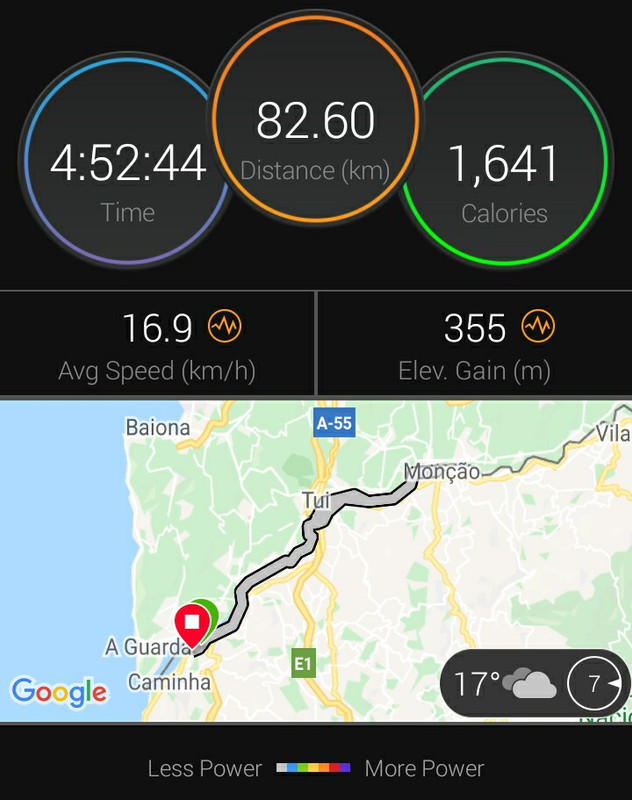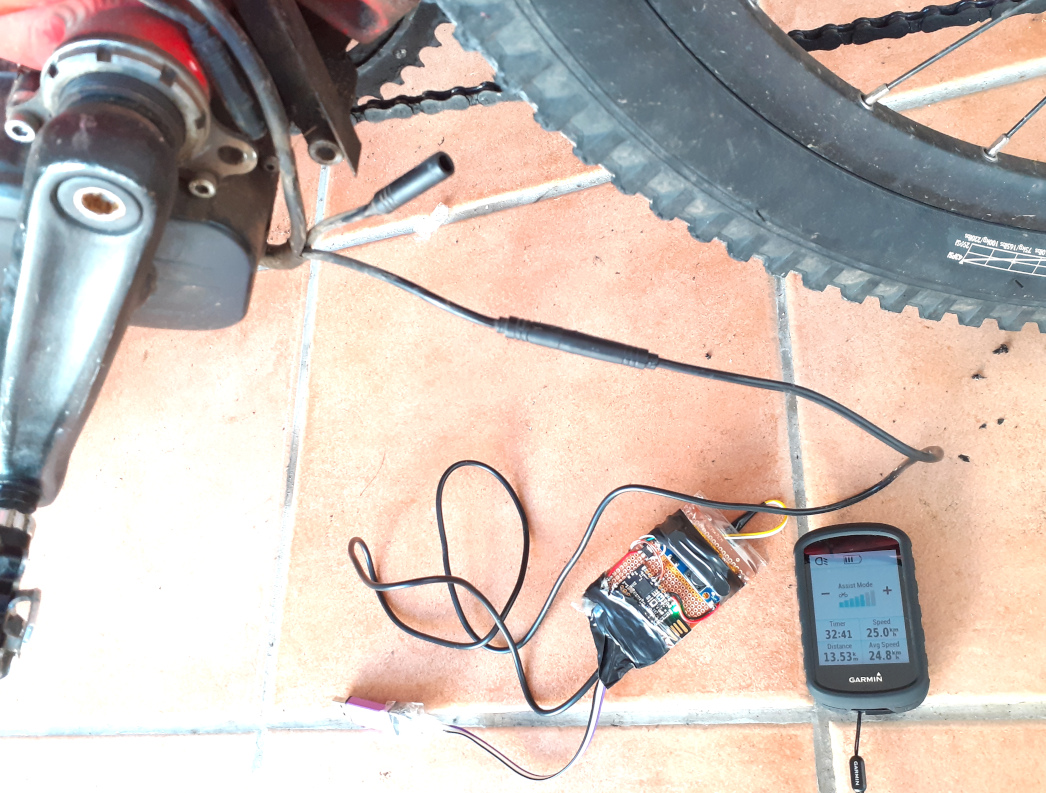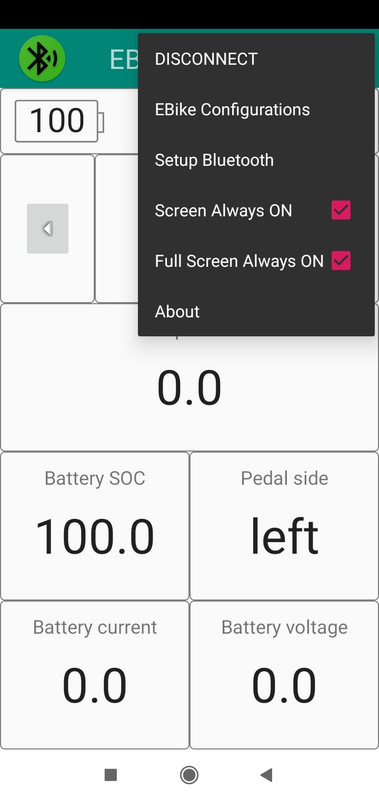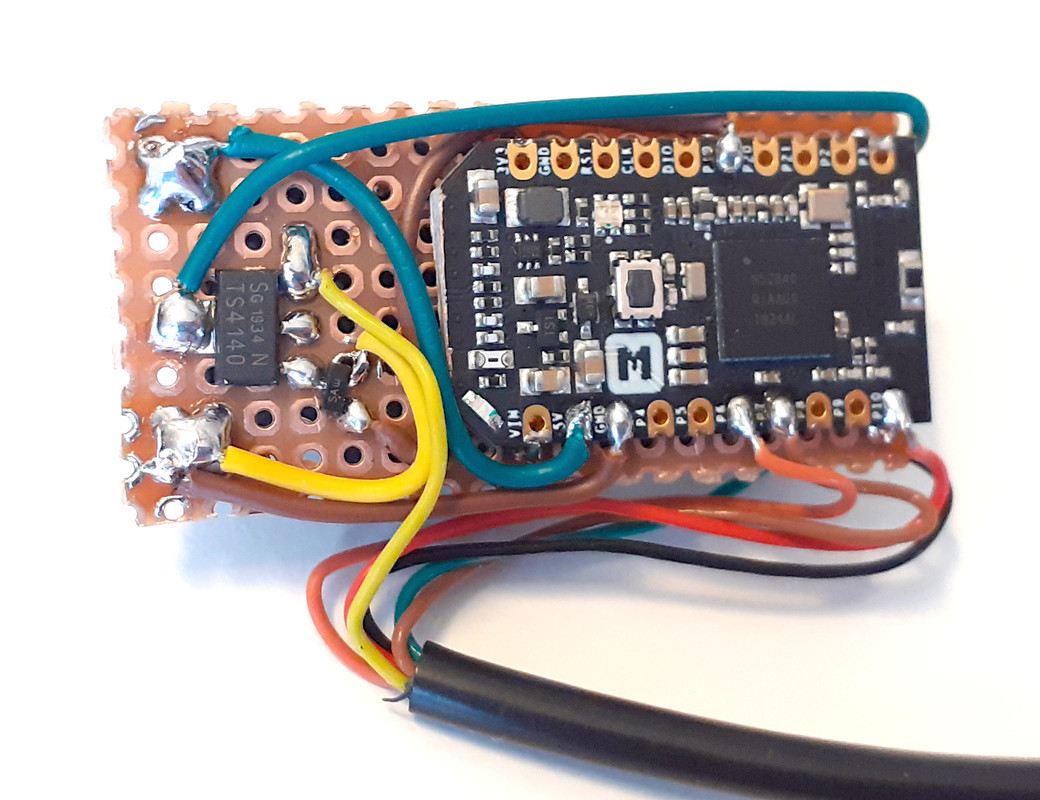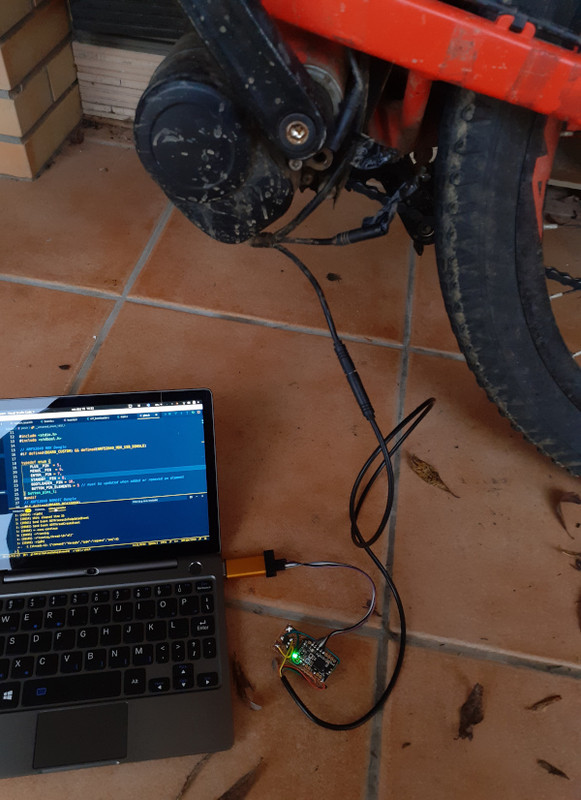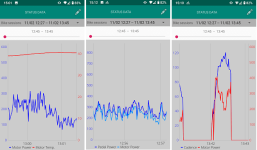mspider65 said:
This is a completely different scenario from the current one where the pairing is done between the Android Phone and the ESP32 board.
I see. The only difference with the board I am using is that my board supports also ANT. I guess you could, if you wanted, to connect Bluetooth devices to your board, like the remote.
mspider65 said:
In the current setup i don't think a wireless remote would be useful since the Display cannot be removed. To remove the display the ESP32 firmware need to be changed and also some external hardware would be needed in order to be able at least to switch on/off the system.
On my board and firmware, I already have the switch on/off the system working and controlled on the wireless display. My board firmware, I see it as a virtual display. If someday you want to try the on/off switch wireless in your board, go and grab the one we did and tested.
I see, the big difference on this project is that does not try to use an external wireless display, that may be done only using ANT - all other things are common between the projects. On my project, the wireless display
should be optional and I think both project could just be really one.
So, the wireless display is
optional and advanced users may want it because, it is a bit hard to describe but I will share some pictures and notes from my recent real experience - sorry for spam your thread:
Comparing a Specialized EBike with TSDZ2 EBike

On last days, me and my wife, we were far from home, on holidays. We had planned two full days riding our ebikes with TSDZ2. On first day my ebike TSDZ2 did fail and I had to rent an ebike and I had the luck to be able to have a nice Specialized EBike that I was happy to compare with TSDZ2 EBike.
Experiencing EBike wireless standard with the Specialized EBike
While I was riding I realized that this Specialized EBike is turned on in the battery and not on the display, like if the display is not really needed and quickly I figured out this model could implement the EBike wireless standard. See that I am in the middle of developing the same
EBike wireless standard for TSDZ2.
I had my Garmin GPS unit on the handle bard already because I had our route planned and we were following it. I just had to go to wireless sensors configuration and click on discover new sensors and I got this ones from the Specialized EBike:

Note that the heart rate sensor is the one from my watch:
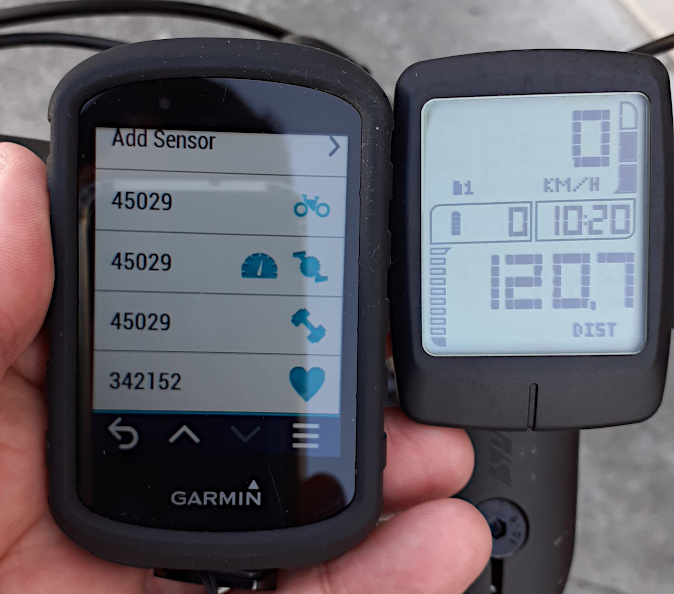
Then automatically the following main screens were added:

EBike main screen to control assist level, see battery status and light status:

At the end of our ride, on the Garmin app, we can see graphs of fitness and cycling metrics but also the pedal human power, speed and cadence were recorded:


And interesting is that there is a map showing the route but with color gradients that we can select for some variables and the pedal human power was available:
